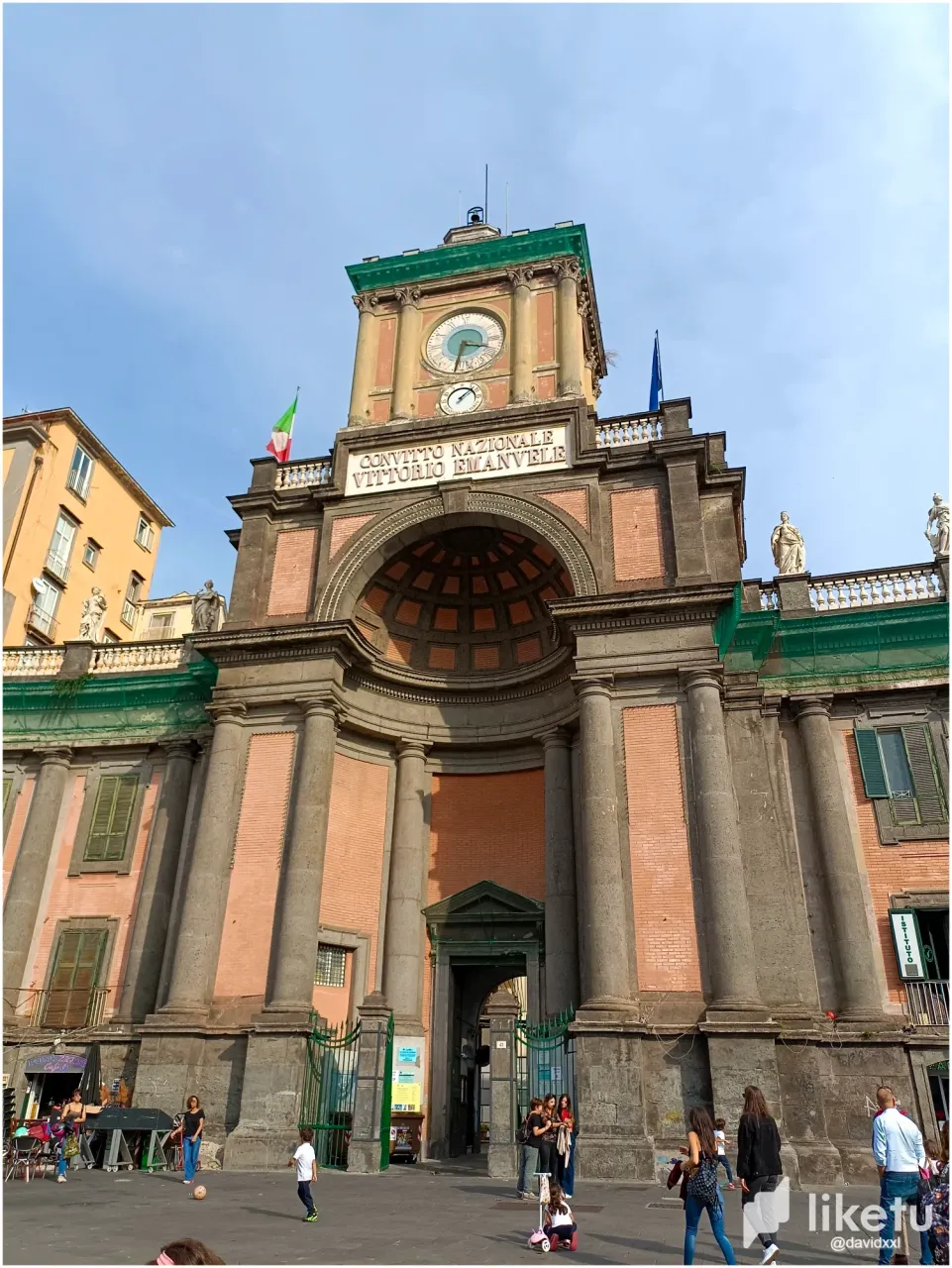
Photo 1 - Apse of the Convitto Nazionale Vittorio Emanuele II | abside del Convitto Nazionale Vittorio Emanuele II
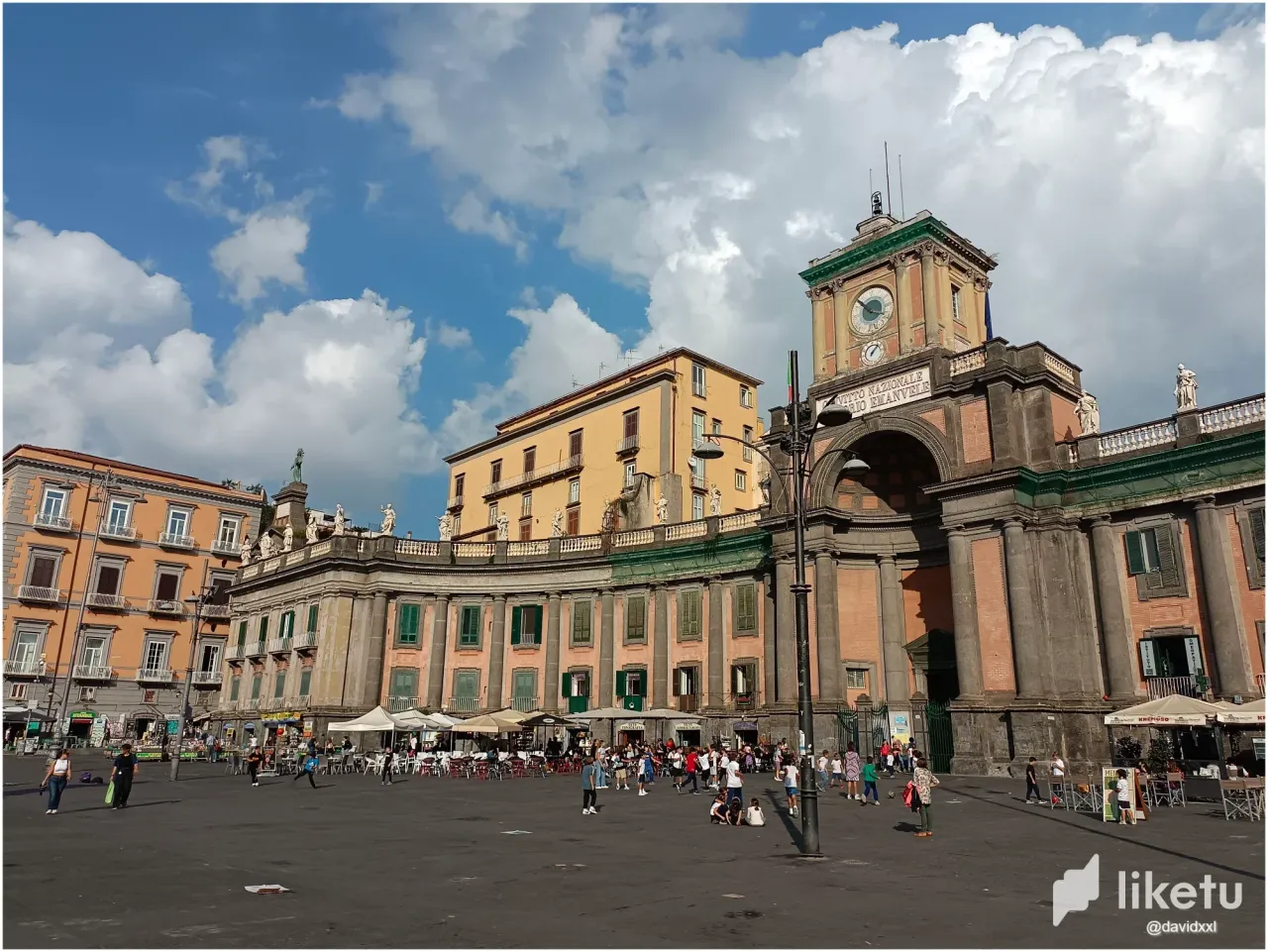
Photo 2 - Convitto Nazionale Vittorio Emanuele II
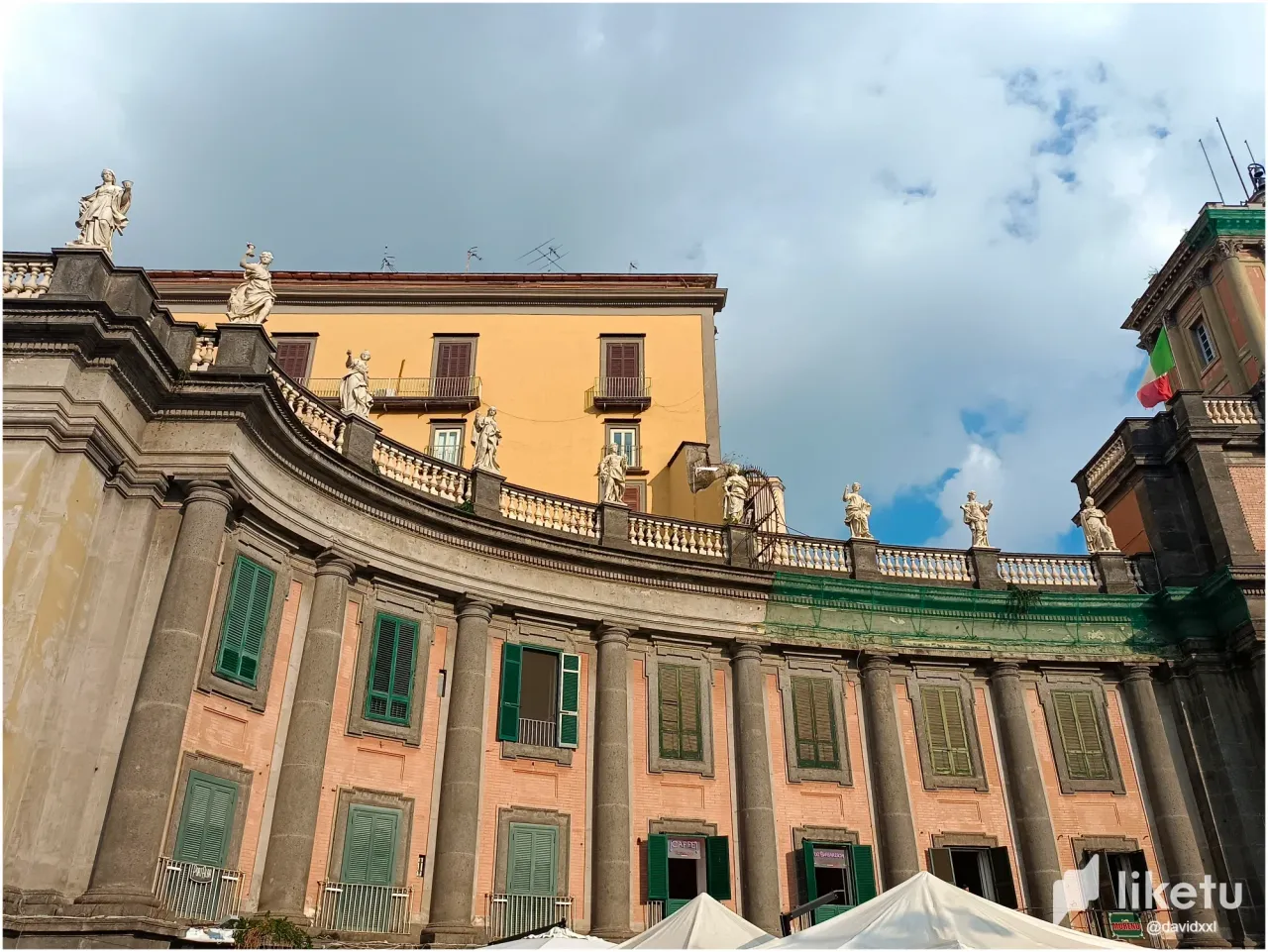
Photo 3 - detail of the left wing of the boarding school | dettaglio dell'ala sinistra del convitto
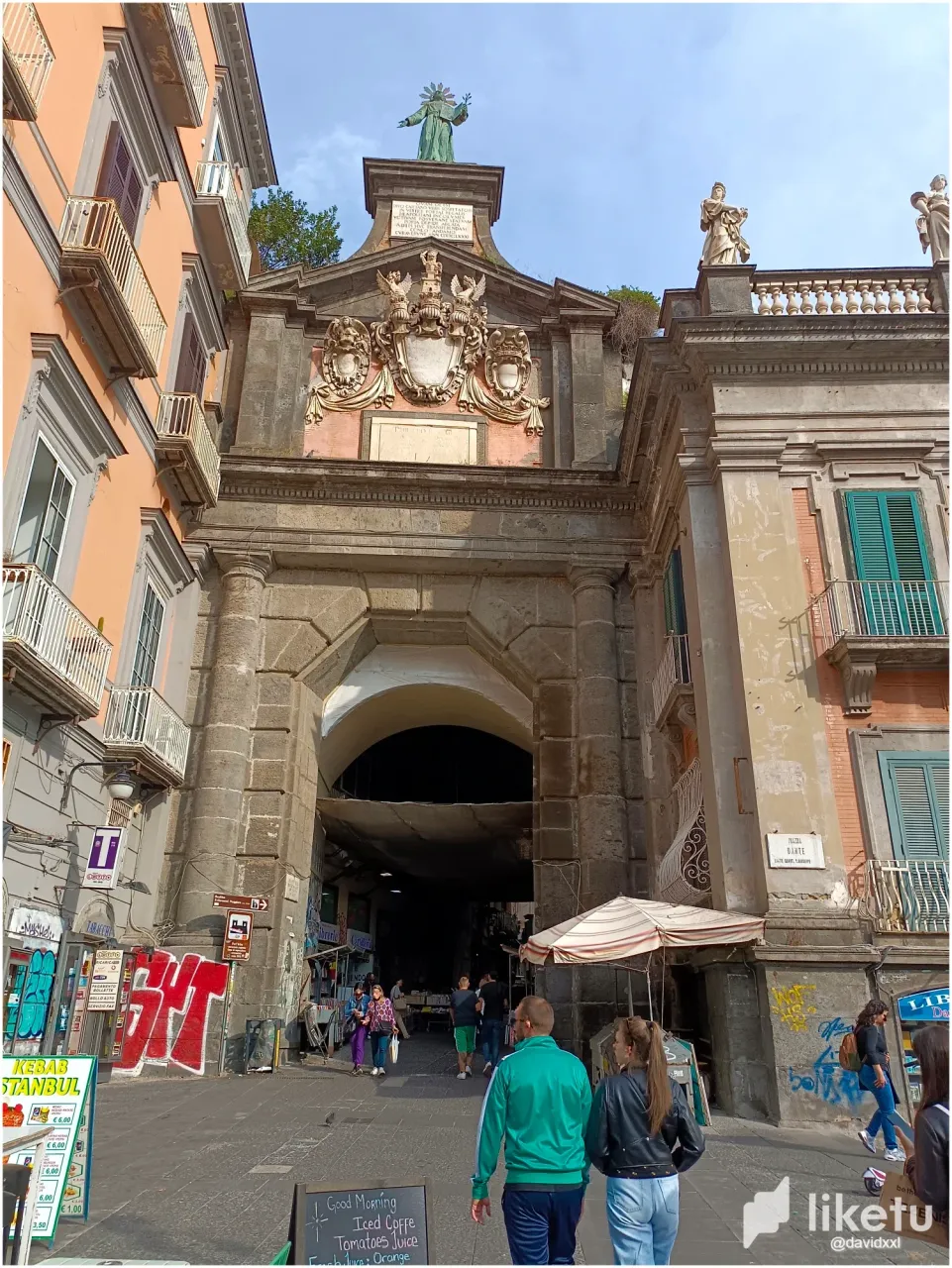
Photo 4 - Port'Alba
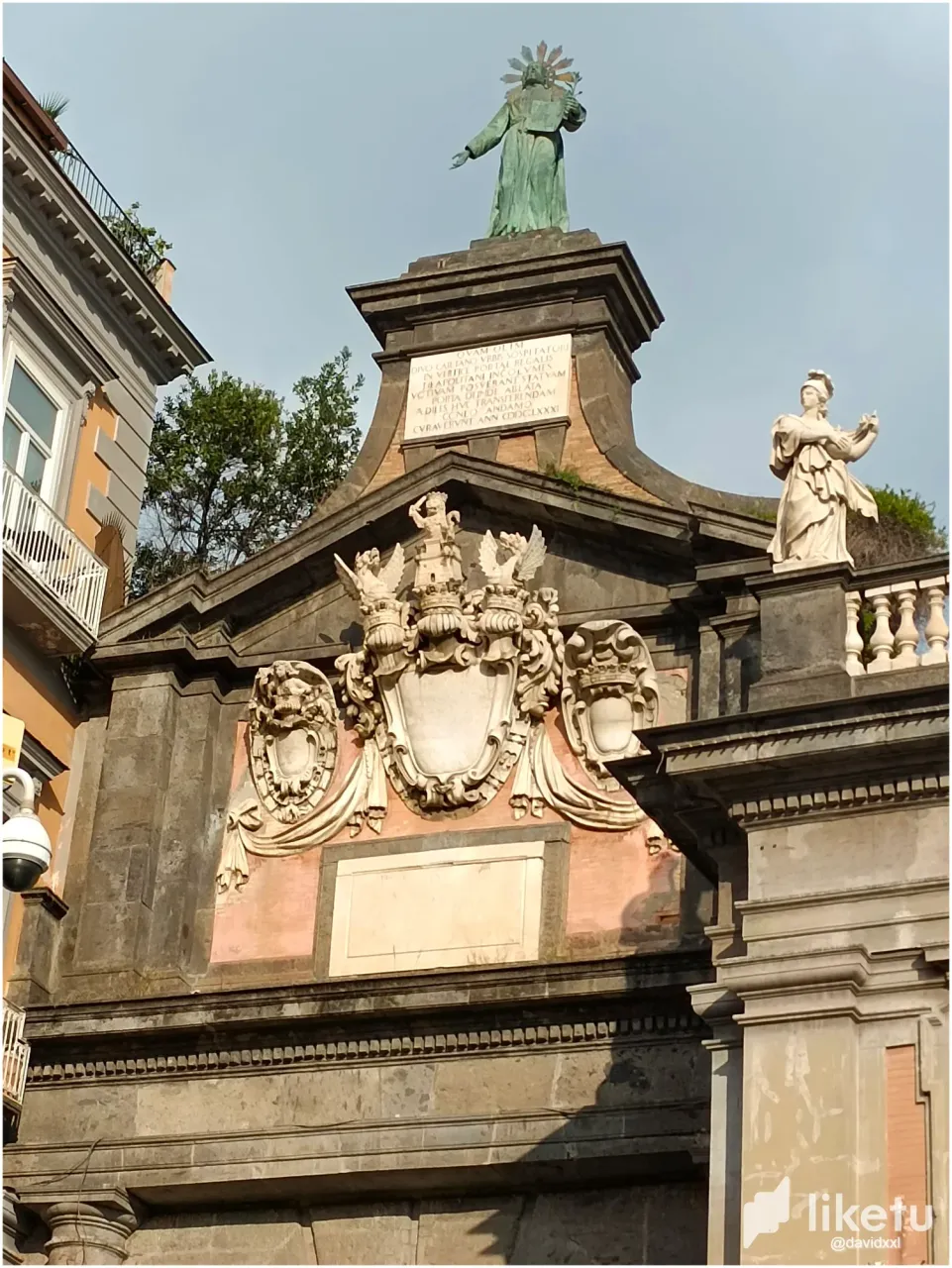
Photo 5 - Details of the top of Port'Alba | dettagli della parte superiore di Port'Alba
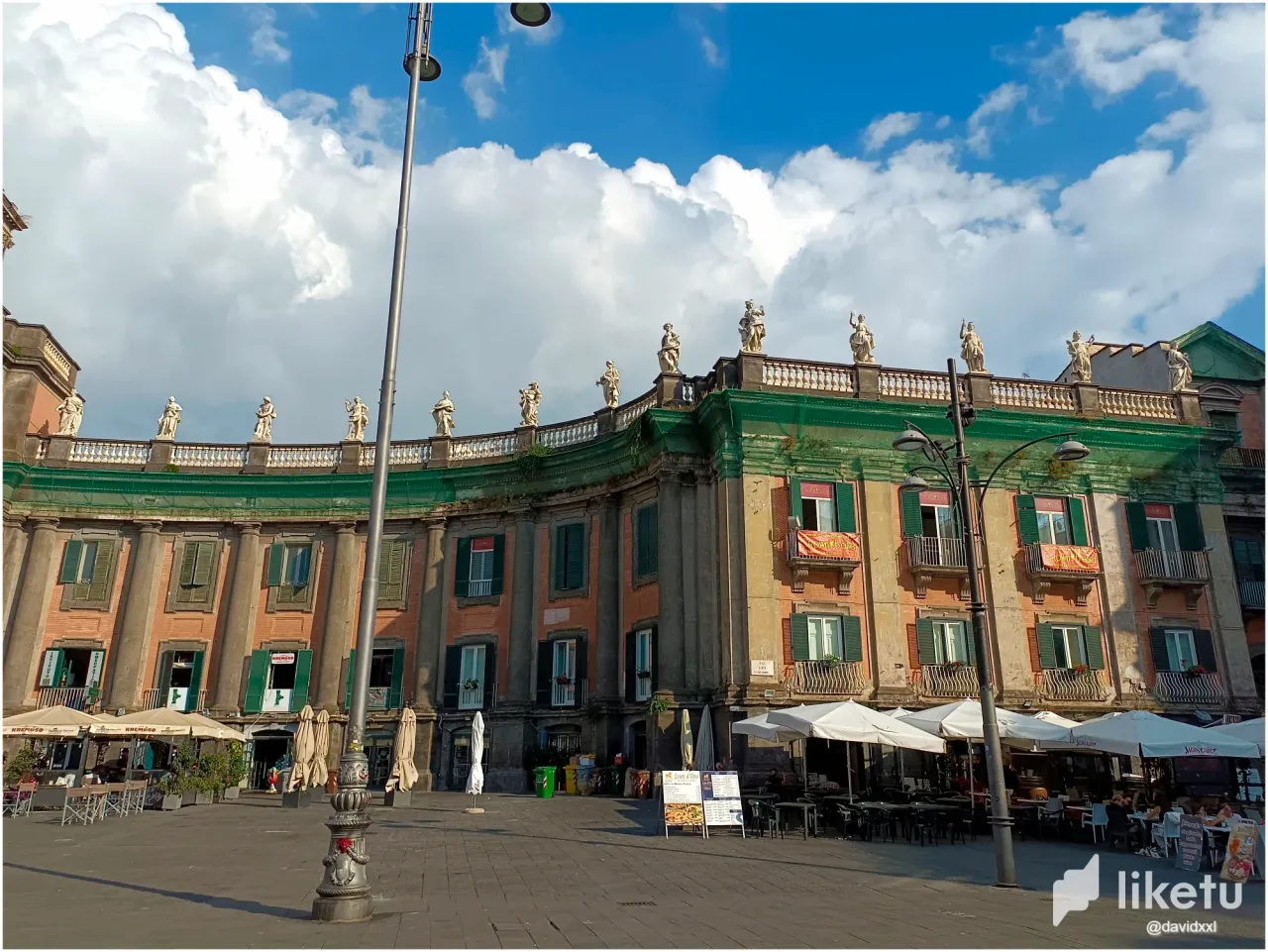
Photo 6 - Detail of the right side of the Vittorio Emanuele II National Boarding School | Dettaglio del lato destro del Convitto Nazionale Vittorio Emanuele II

Photo 7 - Zoom in on the stone railing with a pair of King’s Virtues | Zoom sulla ringhiera in pietra con un paio delle Virtu del re

Photo 8 - Zoom in on the stone railing with a detail of King’s Virtues | Zoom sulla ringhiera in pietra con dettaglio su Virtu del re
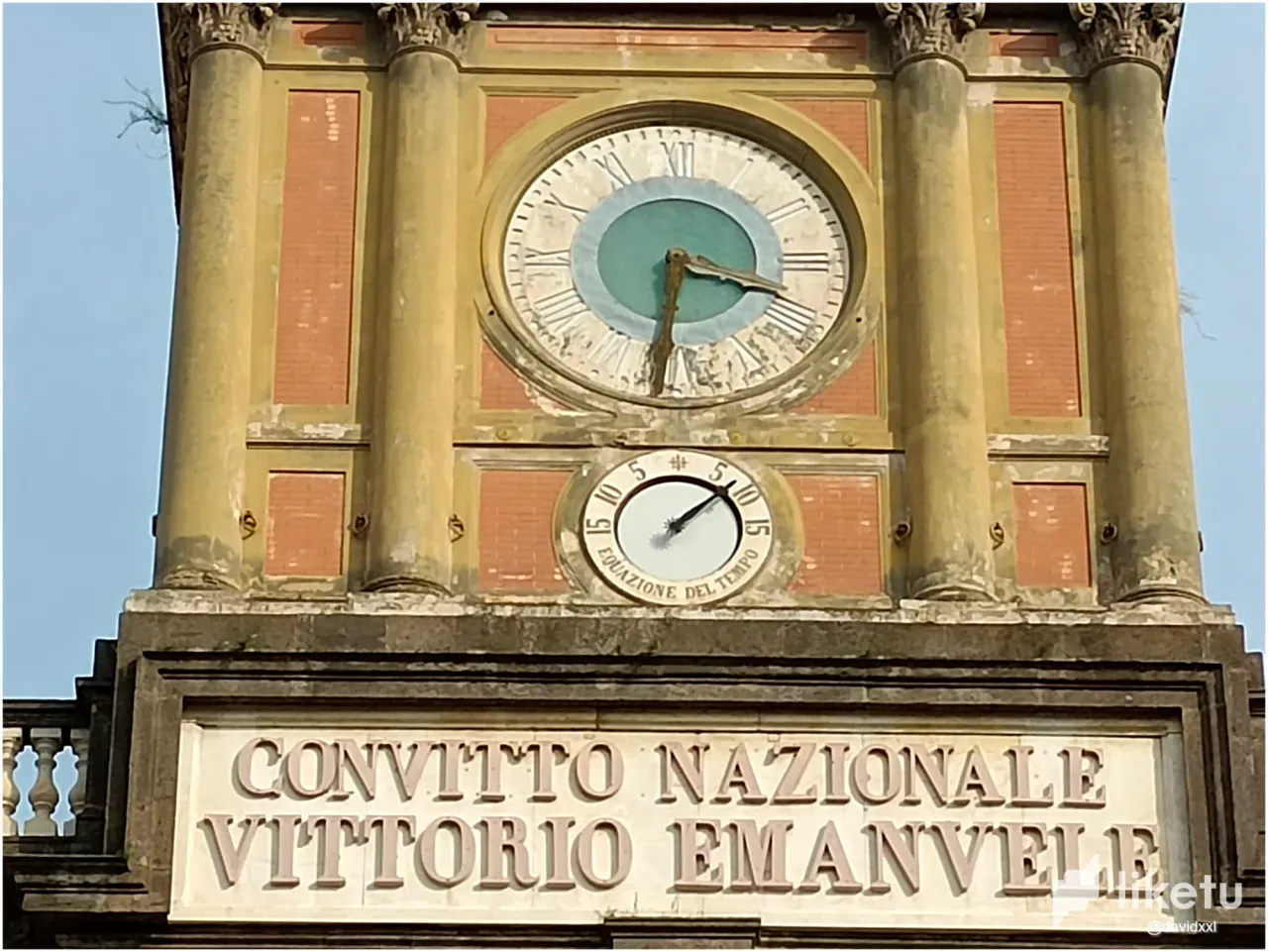
Photo 9 - Classic watch with the mechanism below that calculates the exact noon | Orologio classico con sotto il meccanismo che calcola il mezzogiorno esatto
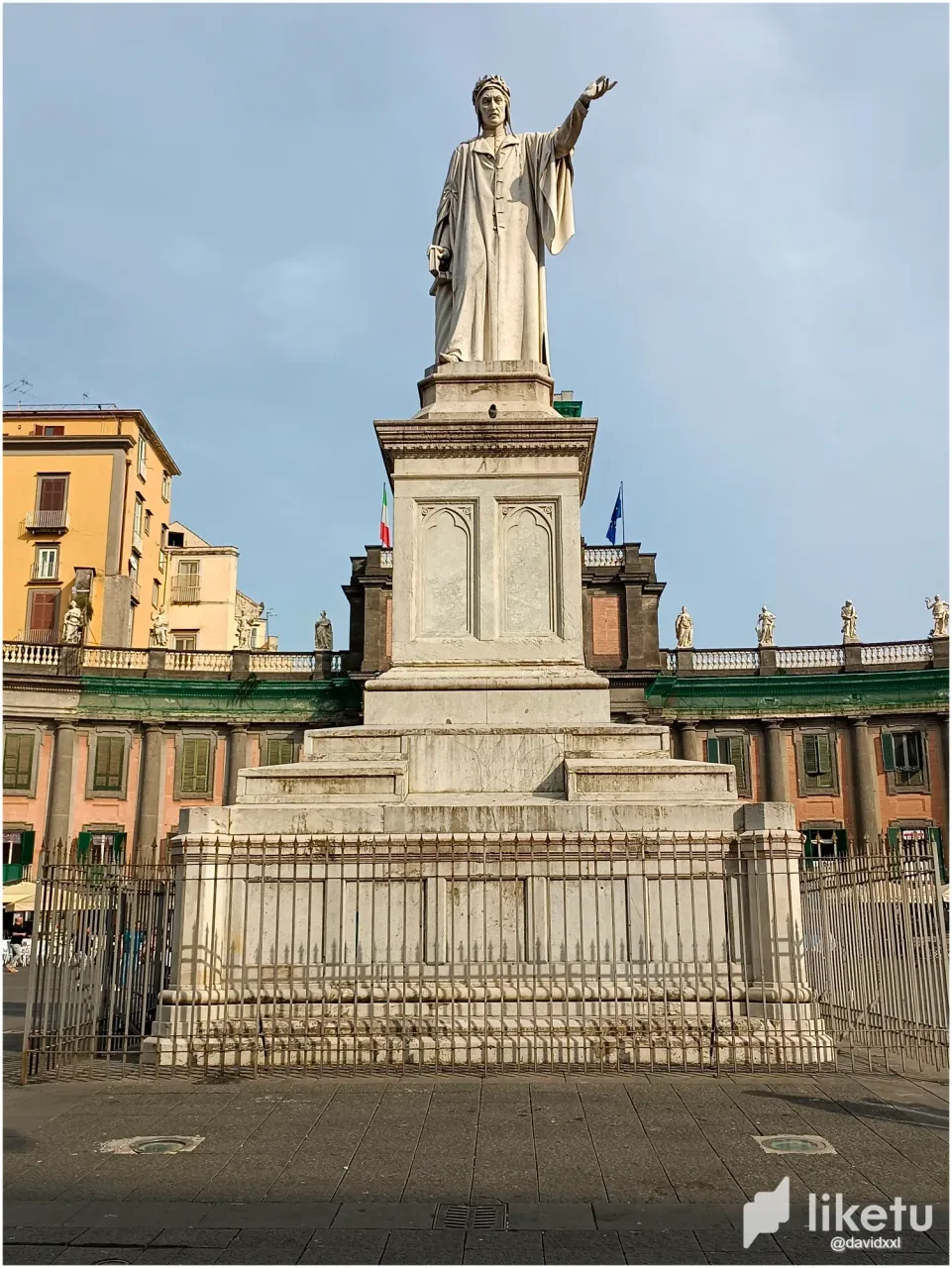
Photo 10 - Statue of Dante Alighieri by Tito Angelini | Statua di Dante Alighieri realizzata da Tito Angelini
[ENG --> ITA follow]
The historic Piazza Dante was originally a large square where one of the two most important commercial markets of the area took place and was outside the Angevin walls of the Neapolitan fortress that housed the city at the time.
In the mighty city walls, the Neapolitans, masters of the art of coping and unaware of the dangers that they brought to the security of the city, They dug a huge hole to enter directly from the mercatello without making a huge tour to get to the main entrance of Naples.
It was only at the time of the ingenious and enterprising Spanish viceroy, Antonio de Toledo the Duke of Alba, who built an official entrance into the city which was called Port'Alba (photo 4).
It is recognized as the most beautiful town entrance of seventeenth-century origins although today it has changed its appearance because, the original painting that adorned it, was moved to the Certosa di San Martino.
As usual, the people, represented by the prince of San Severo collected money to finance the construction of the beautiful architectural work. As you can understand, the Prince of San Severo was a spirit that had at heart the interests of the Neapolitan people and this was fatal to him.
The Foro Carolino (now Convitto Nazionale Vittorio Emanuele II), is the Vanvitellian palace that dominates the square. The building has a huge and wonderful stone railing that houses 26 statues representing the virtues of King Charles III of Bourbon. Sign of the immeasurable self-esteem the Spanish monarch had.
At the center there is a huge apse at the top of which there are two clocks (photo 9) the first marks the time in a classic way the second is an engineering work of amazing complexity.
The conventional clock we all use always marks noon at the same time.
Those who built the clock knew that because of the irregular movement of the Earth’s orbit that is not circular but elliptical, the real noon was out of step with the conventional time marked by the classic clock.
In fact, the second clock present under the classic calculated exactly the deviation and indicated with precision the Noon that corresponds exactly to when the sun is at the zenith on our heads. A mechanism that has only recently been discovered and restored thanks to the research of contemporary historians.
At the center of the square is a beautiful statue (photo 10) representing the Italian poet Dante Alighieri poet of the "Divine Comedy" literary work pride of Italian literature. The statue is also of excellent workmanship having been made by Tito Angelini but many believe it is a note out of tune in the square. Obviously also the name of the square little corresponds to its history.
[Versione in italiano]
La storica piazza Dante era in origine un largo ove si svolgeva uno dei due più importanti mercati commerciali della zona ed era fuori dalle mura angioine della fortezza napoletana che ospitava la città all'epoca.
Nelle possenti mura cittadine, i napoletani, maestri dell'arte di arrangiarsi e ignari dei pericoli che arrecavano alla sicurezza della città, scavarono un enorme buco per entrare all'interno direttamente dal mercatello senza fare un enorme giro per arrivare all'ingresso principale di Napoli.
Fu solo all'epoca dell'ingegnoso ed intraprendentere vicerè spagnolo, Antonio de Toledo il duca d'Alba, che si costruì un ingresso ufficiale in città che venne denominata Port'Alba (photo 4).
E' riconosciuta come il più bell'ingresso cittadino di origini seicentesche anche se oggi ha mutato il suo aspetto in quanto, il dipinto originale che l'adornava, è stato spostato nella Certosa di San Martino.
Come al solito, il popolo, rappresentati dal principe di San Severo fece una colletta per finanziare la costruzione della bellissima opera architettonica. Come potete capire il Principe di San Severo era uno spirito che aveva a cuore gli interessi del popolino napoletano e questo gli fu fatale.
Il Foro Carolino (now Convitto Nazionale Vittorio Emanuele II), è il palazzo vanvitelliano che domina la piazza. L'edificio ha un enorme e meravigliosa ringhiera in pietra che ospita 26 statue che rappresentano le virtù del Re Carlo III di Borbone. Segno della incommensurabile autostima che aveva il monarca spagnolo.
Al centro vi è un enorme abside alla cui cima vi sono due orologi (photo 9) il primo segna l'orario in modo classico il secondo è un'opera ingegneristica di strabiliante complessità.
L'orologio convenzionale che tutti usiamo segna il mezzogiorno sempre alla stessa ora.
Chi costruì l'orologio sapeva che, a causa dell'irregolare movimento dell'orbita terrestre che non è circolare ma ellittica, il reale mezzogiorno era sfasato rispetto all'orario convenzionale segnato dall'orologio classico.
Infatti, il secondo orologio presente sotto quello classico calcolava esattamente lo scostamento ed indicava con precisione il Mezzogiorno che corrisponde a quando esattamente il sole è allo zenith sulle nostre teste. Un meccanismo che è stato scoperto solo di recente e restaurato grazie alle ricerche dei storici contemporanei.
Al centro della piazza vi è una bella statua (photo 10) che rappresenta il vate italiano Dante Alighieri poeta della "Divina commedia" opera letteraria vanto della letteratura italiana. La statua è anche di ottima fattura essendo stata realizzata da Tito Angelini ma molti ritengono che sia una nota stonata nella piazza. Ovviamente anche il nome della piazza poco corrisponde alla sua storia.